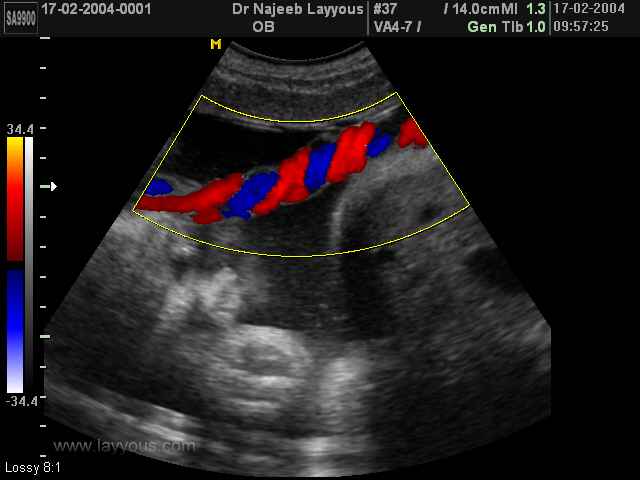Cord blood
In 1970, the researchers discovered that umbilical cord blood could supply the same kinds of blood forming (hematopoietic) stem cells as a bone marrow donor.
From that time, umbilical cord blood began to be collected and stored
What is cord blood, why it is useful, how it is used ?
It's the blood remaining in the umbilical cord and placenta after birth. It contains stem cells used for children and young adult transplants.
What are stem cells?
The Stem Cells are capable of developing into the three types of mature blood cells present in our blood (red, white, and platelets) and have a potential to rise to other undefined cell types in our body. However, Stem cells can be used to treat other conditions such as blood and metabolic disease
Why is cord blood useful?
Cord Blood is used in the treatment of blood disorders like leukemia, sickle-cell anemia cell anemia, some immune system disorders, and some metabolic disorders like hurler syndrome.
- Researches showed that blood cord can be used to cure diseases such as Alzheimer's , Parkinson’s and to treat diseases affecting the brain, heart and spine.
- More than 6000 cord blood transplants between relatives and non-relatives have been done successfully.
- Stem cells found in cord blood can be used as an alternative to bone marrow transplants to treat blood disease.
- Stem cells transplants are performed only on child or young adult due to insufficient quantity of stem cells to complete adult transplant.
- Stem cells from cord blood are naïve so the donors of cord blood stem cells do not need to be the perfect match to create successful transplant.
- Some researchers are concerned that an affected baby who receives his or her own stem cells may repeat the disease.
Cord blood transplant v/s Bone Marrow transplant
- Less complications in cord blood transplants.
- Easier to match the stem cell.
- Cord blood can be frozen and stored for years.
Disadvantages of cord blood transplant
- Insufficient Stem cells quantity from one cord to transplant.
- The stem cells may contain the same abnormalities that caused the child illness.
Procedure of cord blood transplant:

After delivery, umbilical cord is clamped on both sides and cut. The blood is collected before the delivery of placenta. Once done, a tube is inserted into the umbilical and the Stem Cells are then separated and stored by cryogenically
What is cord blood banking?
Types of cord blood banks:
a. Public cord blood banks:
The cord blood is collected from volunteers and then stored in a public bank to be used by anyone, anywhere without any charge. It's an alternative for volunteer bone marrow donor.
b. Private cord blood banks:
There is a fee for collection and long-term storage of the stem cells to be used only from a member of the family of the donor. The chance to be used by the same child is rare.
The chance to be used by the same child is rare.
Cord blood collection may not be advisable if:
- The baby is premature.
- If you are delivered by emergency c/s.
- You or the father has been tested positive as a transmissible infection.
Dr Najeeb Layyous F.R.C.O.G
Consultant Obstetrician, Gynecologist and Infertility Specialist







 Pregnancy Due Date Calculator
Pregnancy Due Date Calculator
 Chinese Gender Predictor
Chinese Gender Predictor
 Ovulation Calculator
Ovulation Calculator
 IVF Due Date Calculator
IVF Due Date Calculator
